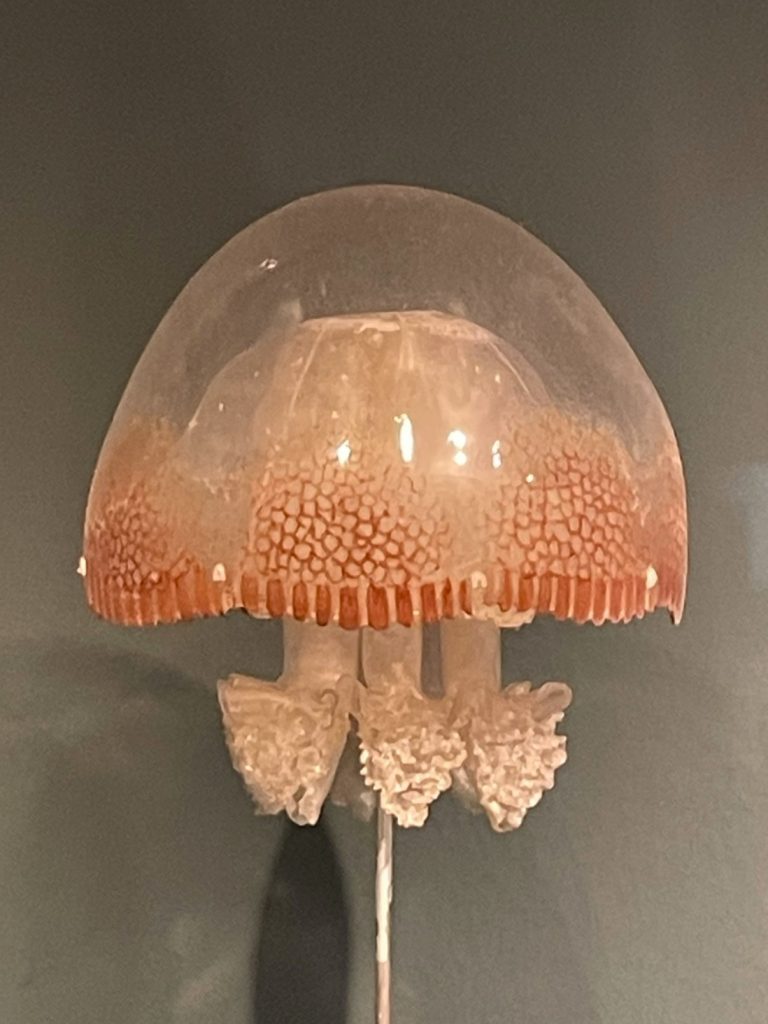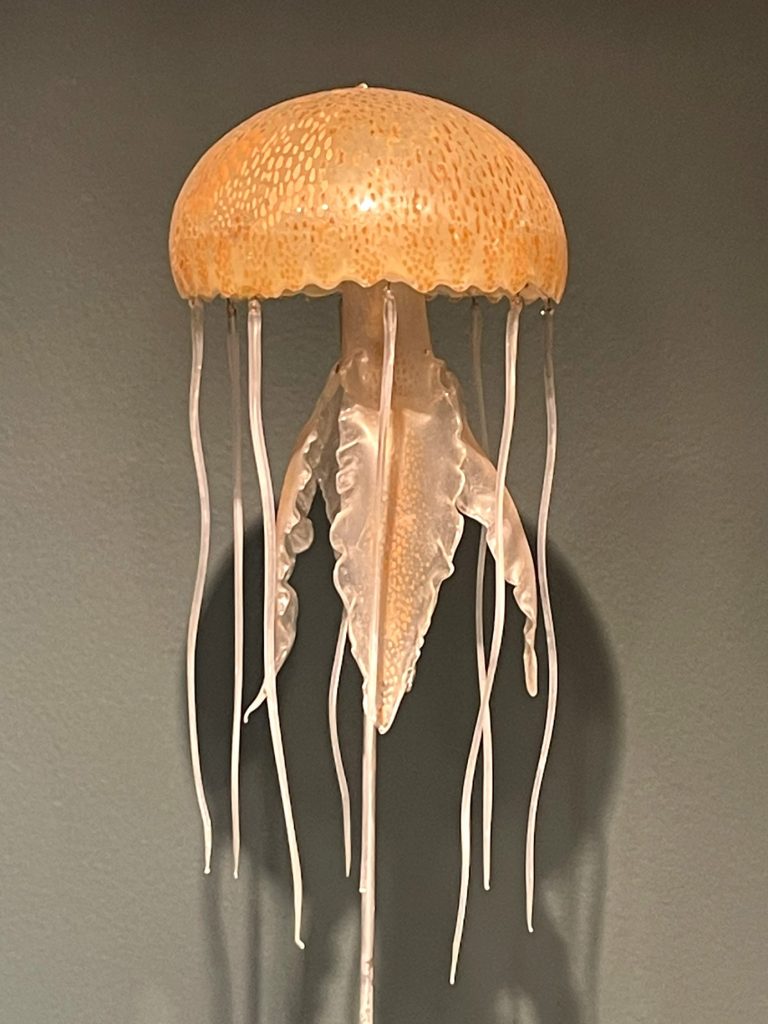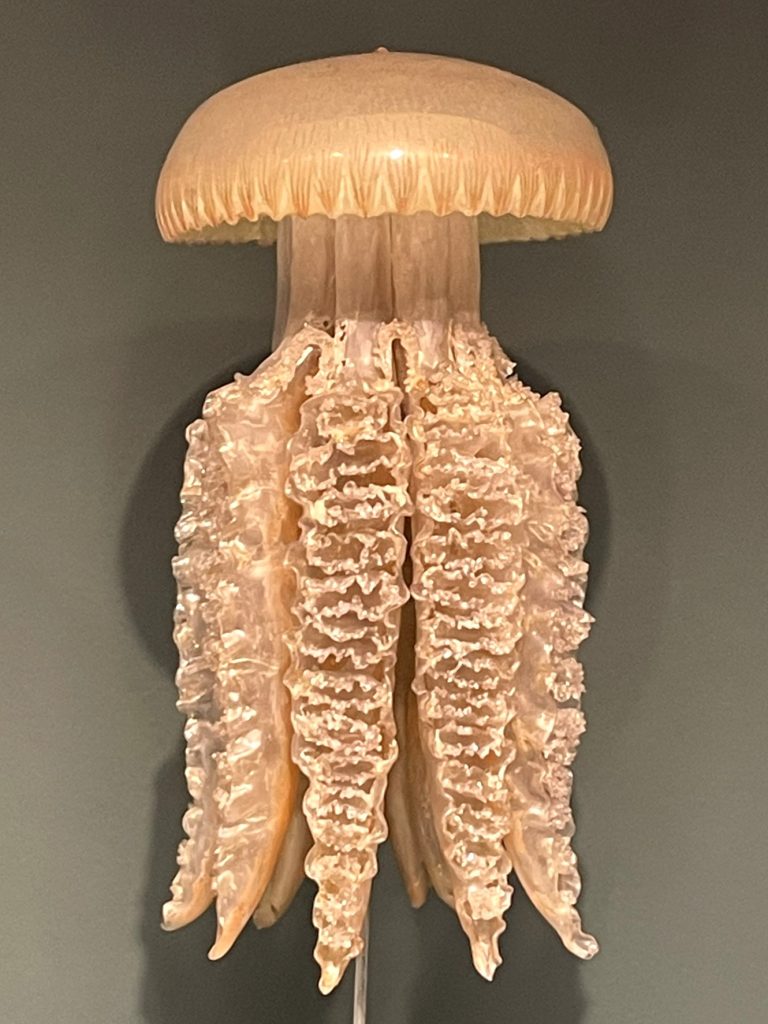The Harvard Museum of Natural History is one of several museums located on the campus of Harvard University in Cambridge, Massachusetts. It is a large rambling museum with specimens drawn from the University’s three natural history research museums: the Harvard University Herbaria, the Museum of Comparative Zoology, and the Harvard Mineralogical Museum. It was only established in 1998, but it is the work of many years (the mineral collection, for example, was begun in 1784!).
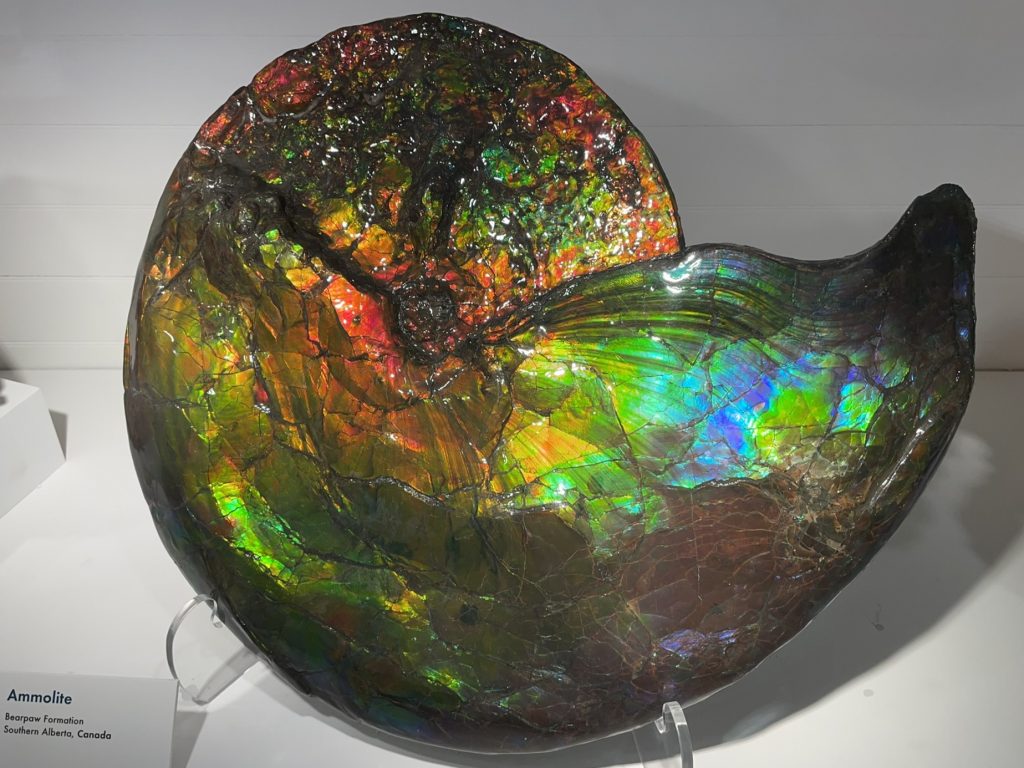
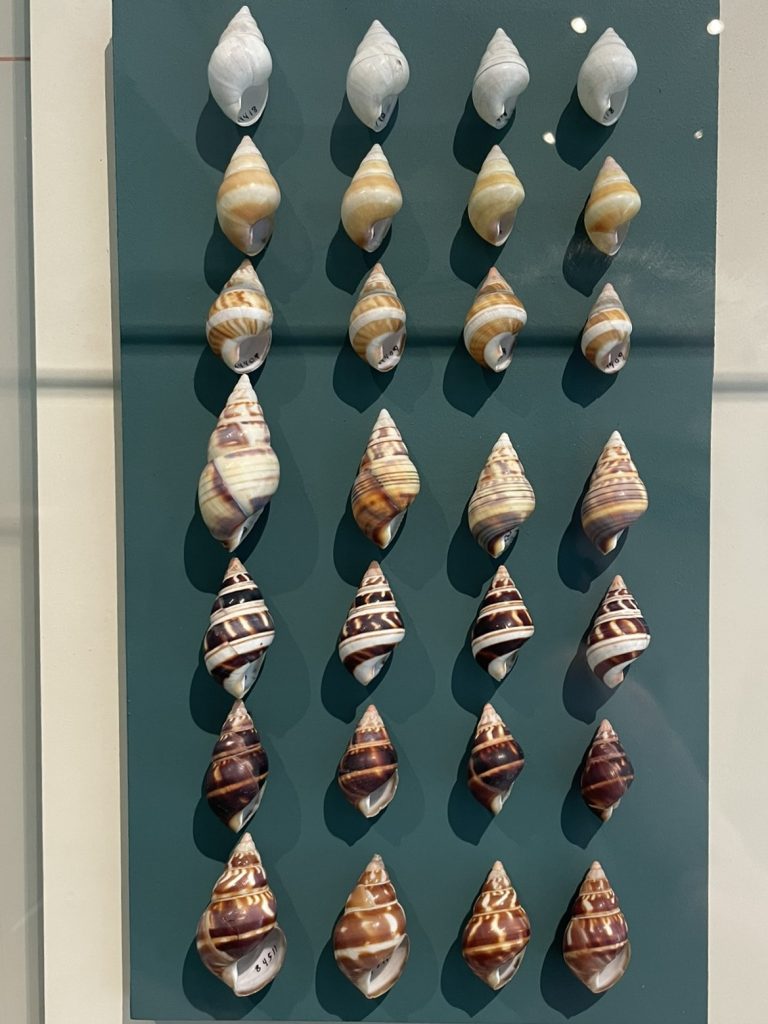
While visiting this museum I think I finally pinpointed why I’m not excited about natural history museums. They are just all over the place – you’ve got a dinosaur skeleton over here, a gemstone over there, a display on evolution this way, and some taxidermied giraffes down the hall. Oh, and let’s not forget the interactive displays that don’t work.
It’s too scattered, but also too much the same: every natural history museum seems the same as the one before it. I also feel squeamish seeing the taxidermied animals – I feel like they were killed neatly so that I could look at them, and I don’t like it. For the purposes of this post, I just decided to focus on “all the pretty things.”
The Harvard museum does have some unique items in their Blaschka Glass Flowers (which of course I did a separate post on), and the related Blaschka Glass Marine Invertebrates pictured below.
The cover photo was simply labeled as a butterfly.
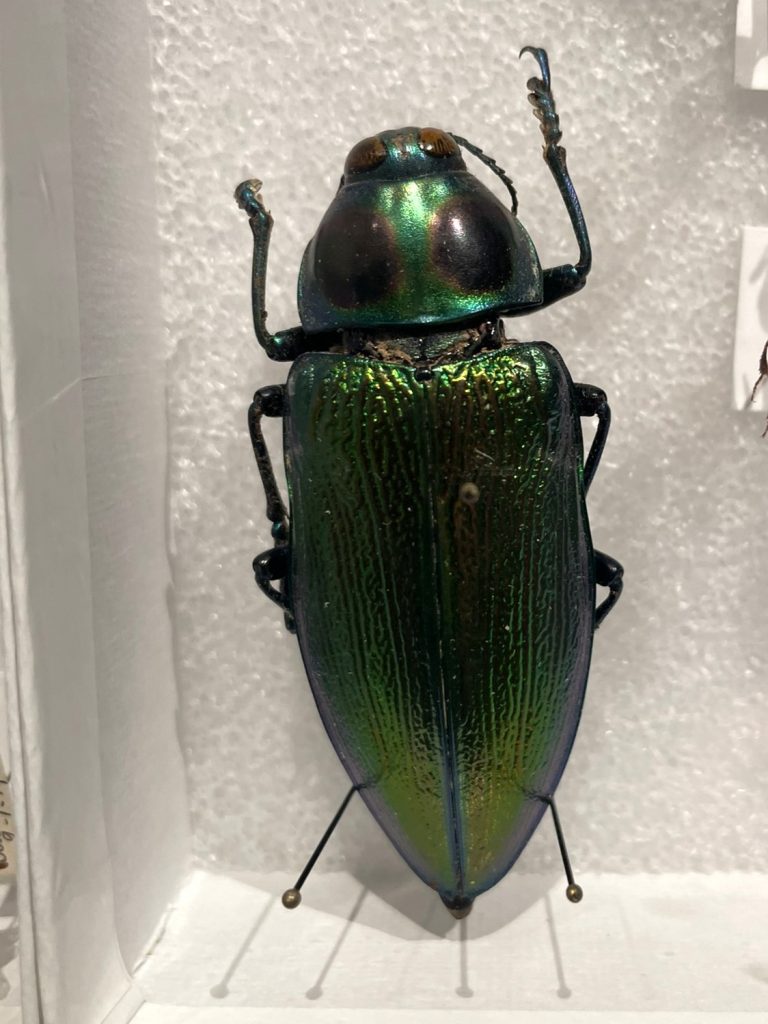
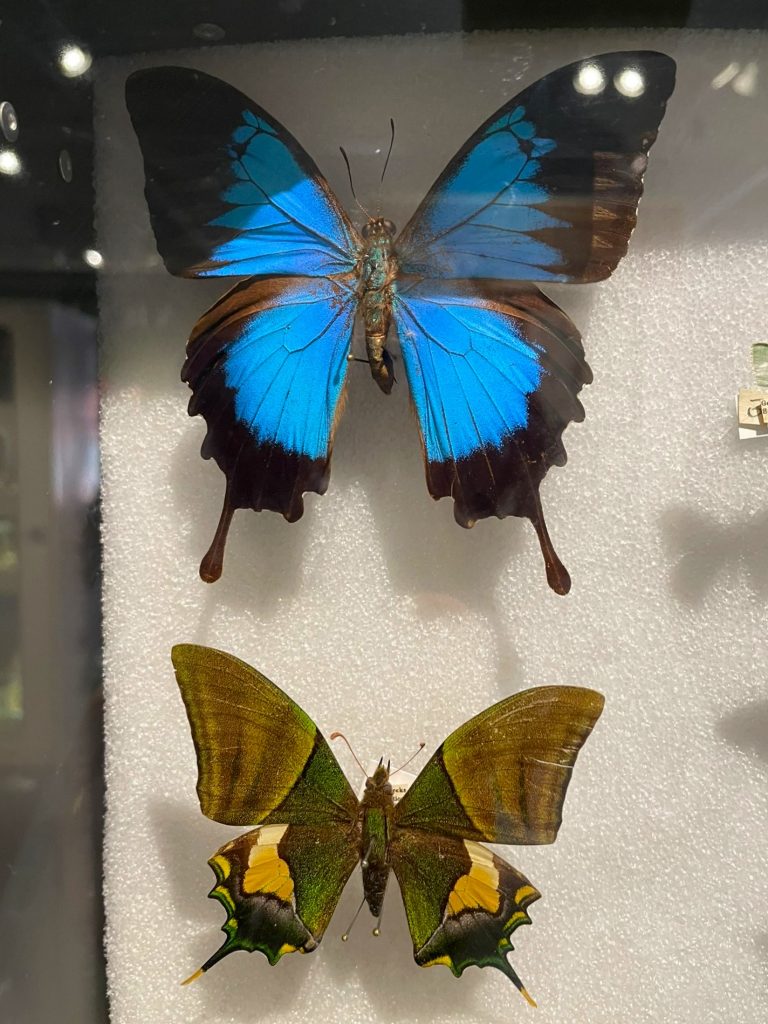

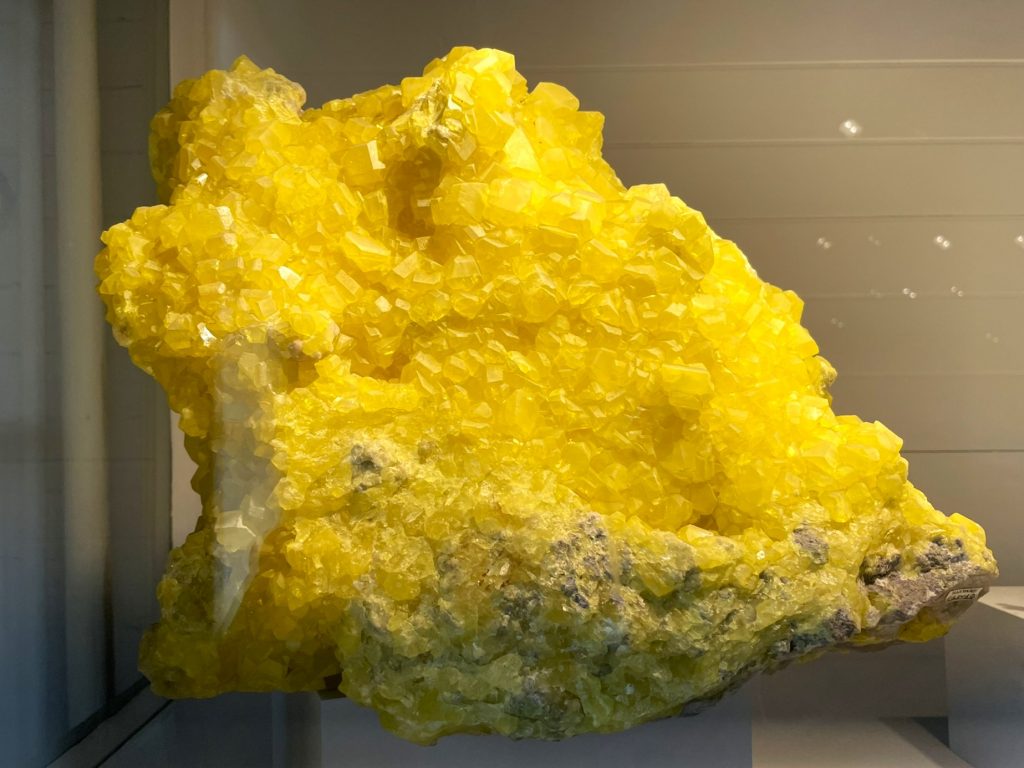
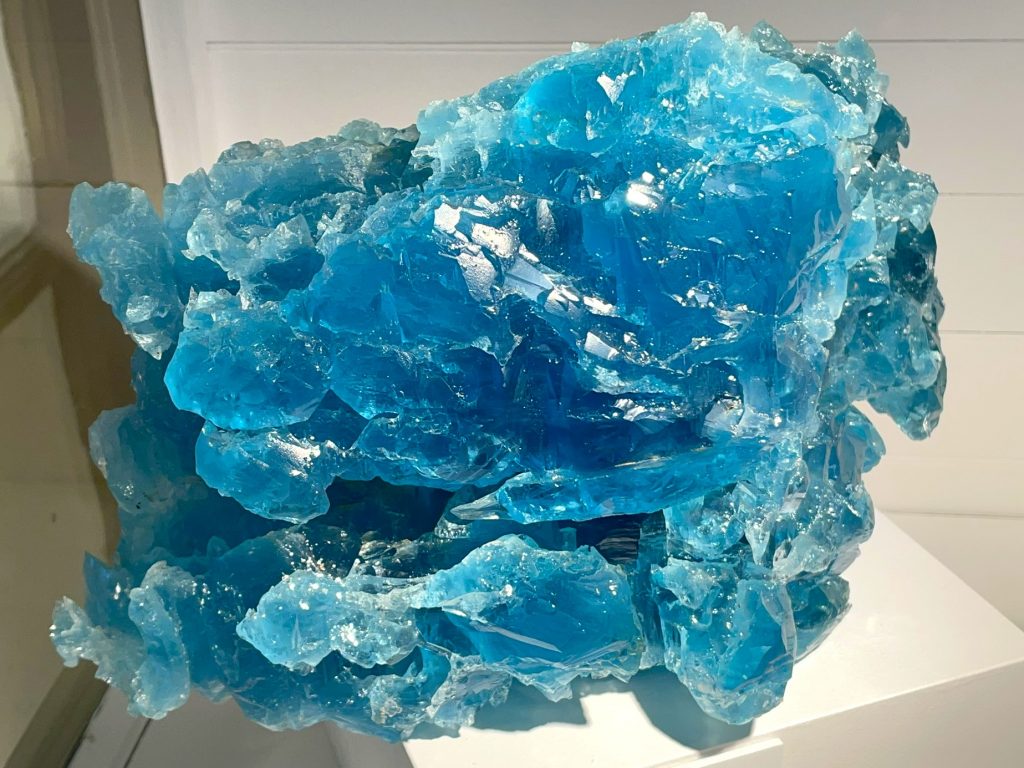
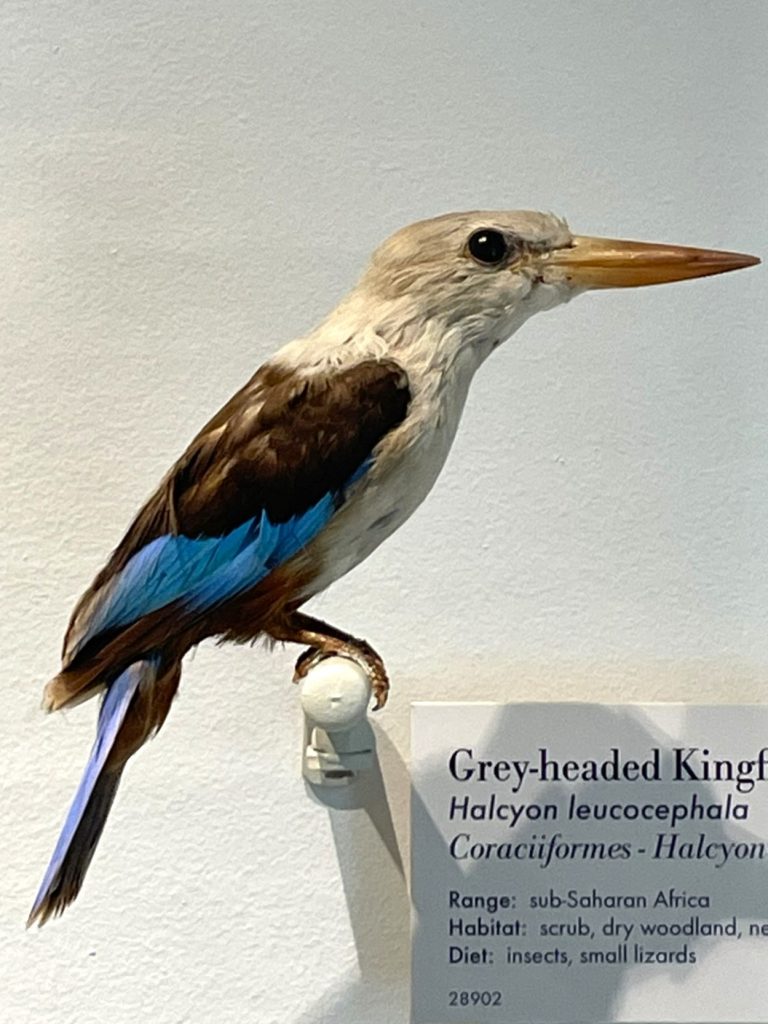
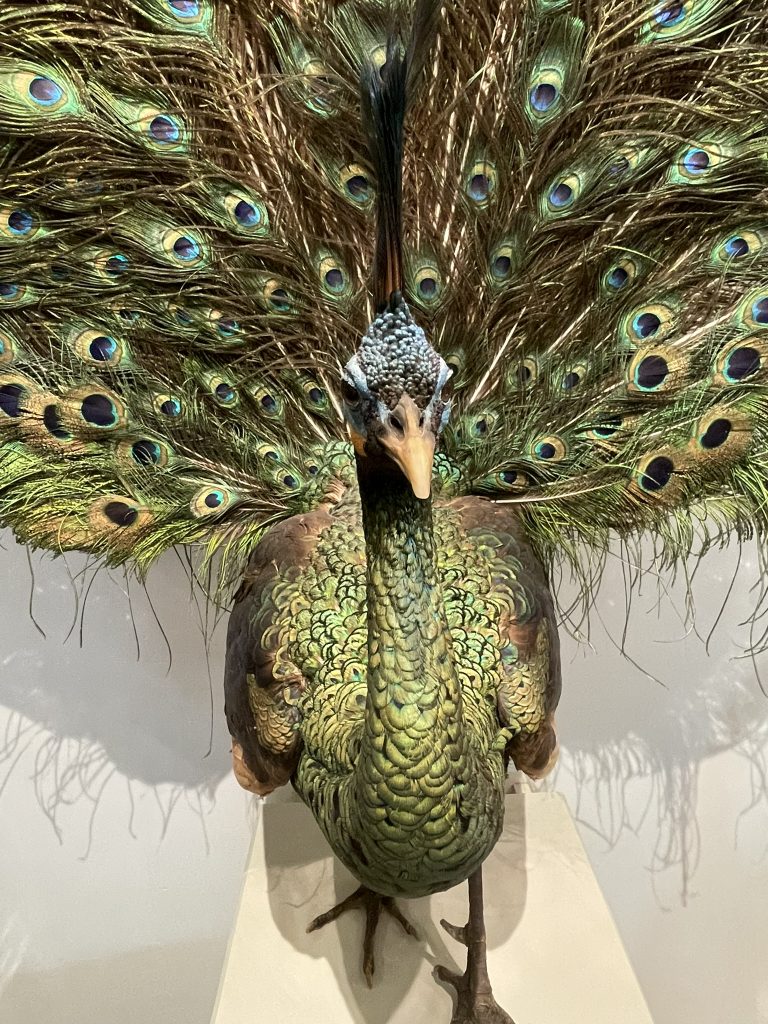
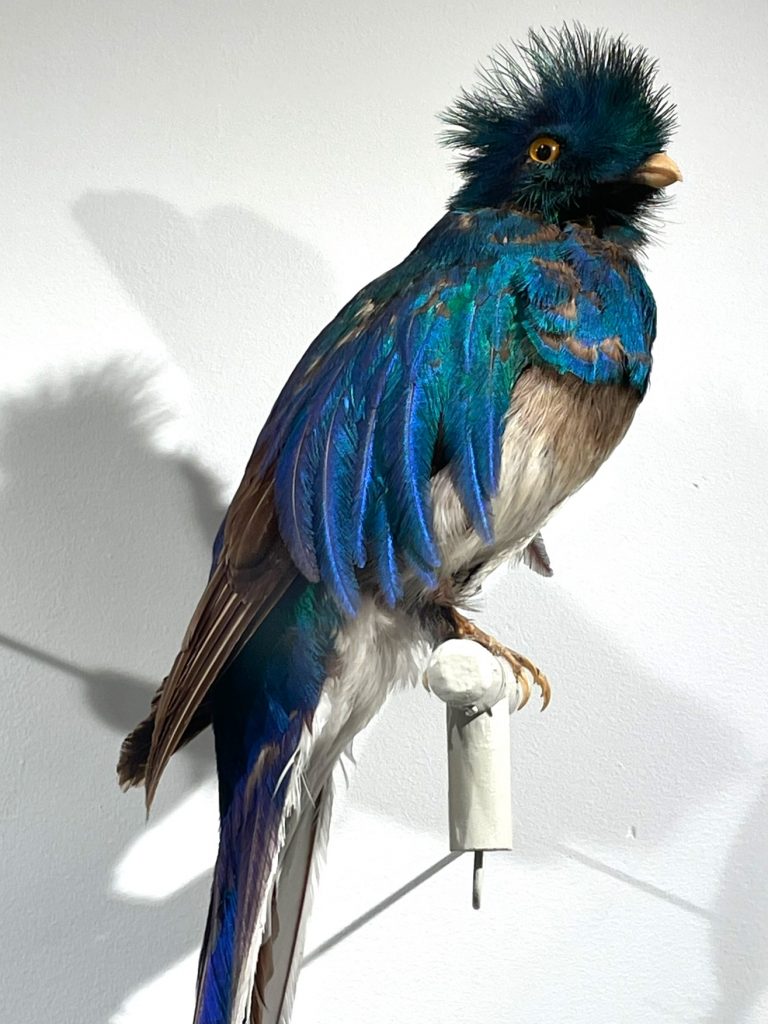
Blaschka Glass Models of Marine Invertebrates
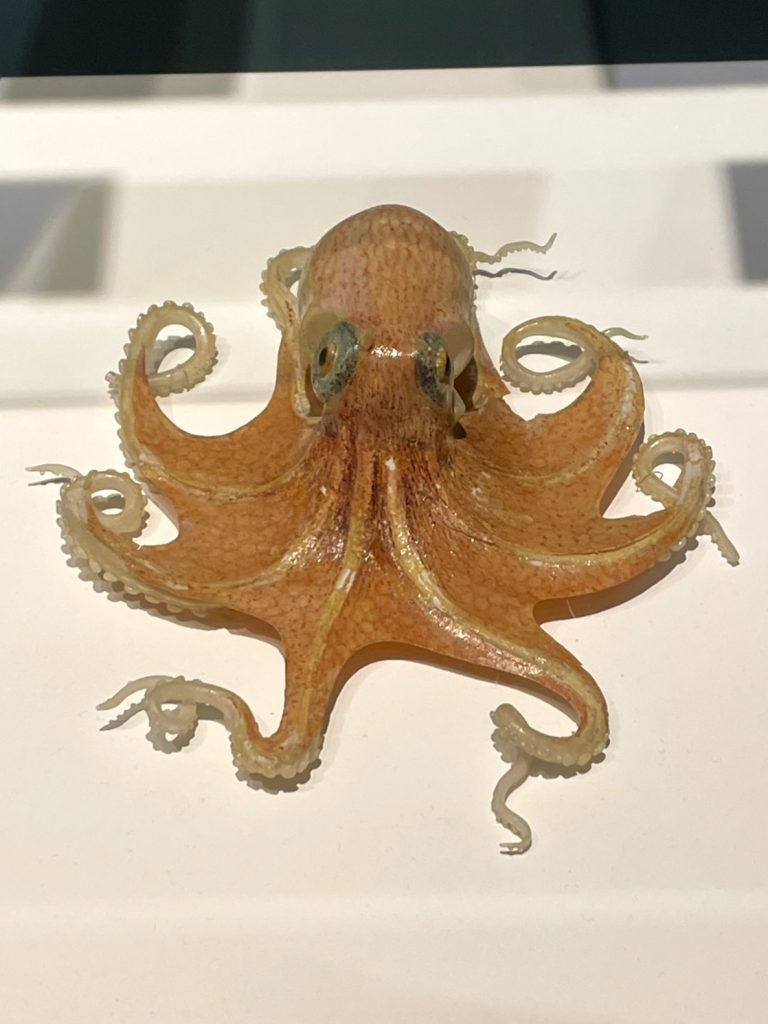
We previously posted about the Blaschka Glass Flowers Exhibit at the museum, but we were surprised to find another room with another amazing display. This one was focused on marine invertebrates, and they were just as incredible. It’s really hard to look at them and remember they are made of glass, and that they are 100+ years old.
You can read the story about the Blaschka Glass on our other post.
